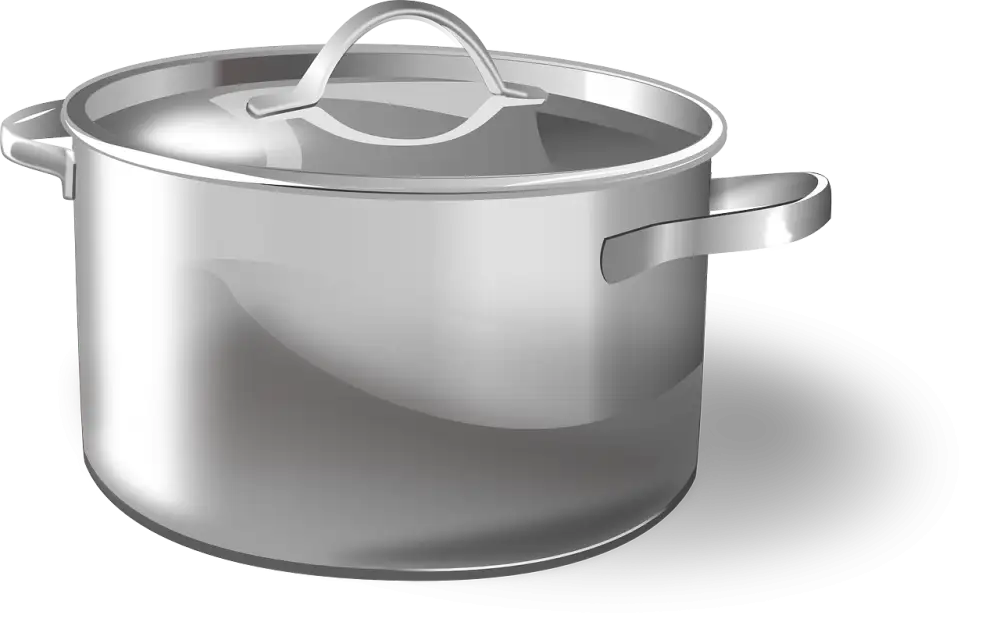Shine Bright: The Ultimate Guide on How to Clean Stainless Steel Like a Pro

- Gather materials: microfiber cloth, mild dish soap, warm water, white vinegar.
- Mix soap and water in a bowl.
- Dampen cloth in the soapy water.
- Wipe the stainless steel surface in the direction of the grain.
- For tough spots, apply vinegar on the cloth and rub gently.
- Rinse with clean water and dry with a fresh cloth.
- Polish with a few drops of olive oil for a shiny finish.
- Avoid abrasive cleaners or scrubbers to prevent scratches.
Gather materials: microfiber cloth, mild dish soap, warm water, white vinegar.
To start cleaning your stainless steel like a pro, gather the essential materials: a microfiber cloth, mild dish soap, warm water, and white vinegar. These items will help you achieve a sparkling finish without damaging the surface. Make sure to have them on hand before beginning the cleaning process to ensure efficiency and effectiveness in restoring your stainless steel appliances or surfaces to their original shine.
Mix soap and water in a bowl.
To clean stainless steel like a pro, start by gathering your materials: a microfiber cloth, mild dish soap, warm water, and white vinegar. Begin by mixing the soap and water in a bowl to create a gentle cleaning solution. The mild dish soap helps break down grease and grime without damaging the stainless steel surface. Make sure the soap is well-dissolved in the water before proceeding to dampen your cloth in the soapy mixture. This soapy solution will be effective in removing dirt and fingerprints from your stainless steel appliances or surfaces.
Dampen cloth in the soapy water.
To properly clean stainless steel surfaces, start by gathering the necessary materials: a microfiber cloth, mild dish soap, warm water, and white vinegar. Next, mix the soap and water in a bowl to create a gentle cleaning solution. Dampen the cloth in the soapy water to ensure it is moist but not dripping wet. This damp cloth will help remove dirt and grime effectively without leaving streaks on the stainless steel surface. Remember to always wipe in the direction of the grain to maintain the appearance of your stainless steel appliances or fixtures.
Wipe the stainless steel surface in the direction of the grain.
When cleaning stainless steel surfaces, it's important to wipe in the direction of the grain. The grain refers to the lines that naturally appear on the surface of the steel due to its manufacturing process. Wiping in the direction of the grain helps prevent streaks and maintains the overall appearance of the stainless steel. This technique also helps to remove any dirt or grime that may be caught within the grooves of the grain, ensuring a thorough clean. Remember, always follow the natural pattern of the steel for best results.
For tough spots, apply vinegar on the cloth and rub gently.
For tough spots, vinegar can be a lifesaver when cleaning stainless steel. Its acidic properties help break down stubborn stains and grime. Simply apply a small amount of white vinegar onto the dampened microfiber cloth and rub gently over the problem areas. The vinegar will work to dissolve the tough spots without damaging the stainless steel surface. Remember to rinse with clean water afterward to remove any residue and dry with a fresh cloth for a sparkling finish.
Rinse with clean water and dry with a fresh cloth.
After wiping the stainless steel surface with the soapy cloth, it is essential to rinse off any soap residue. Rinse the surface thoroughly with clean water to ensure all soap is removed. Any leftover soap can leave streaks or dull spots on the stainless steel. Once rinsed, use a fresh microfiber cloth to dry the surface completely. Drying prevents water spots and helps maintain the stainless steel's shine. Be sure to dry in the direction of the grain to avoid leaving lint or streaks behind.
Polish with a few drops of olive oil for a shiny finish.
After cleaning and drying your stainless steel surface, you can take it a step further by polishing it with a few drops of olive oil for a shiny finish. Olive oil not only adds shine but also helps to repel fingerprints and smudges. Simply apply a small amount of olive oil onto a clean, dry cloth and rub it onto the surface in circular motions. This will help restore the luster of your stainless steel and leave it looking like new. Remember to use only a minimal amount of olive oil to avoid leaving behind any residue.
Avoid abrasive cleaners or scrubbers to prevent scratches.
To maintain the pristine look of your stainless steel surfaces, it is crucial to avoid using abrasive cleaners or scrubbers. These harsh cleaning tools can leave scratches on the stainless steel, compromising its appearance and making it more susceptible to staining over time. Instead, opt for gentle cleaning methods like using a microfiber cloth with mild dish soap and warm water, or white vinegar for tougher stains. By steering clear of abrasive cleaners, you can ensure that your stainless steel retains its luster and durability for years to come.
Published: 26. 04. 2024
Category: Home



